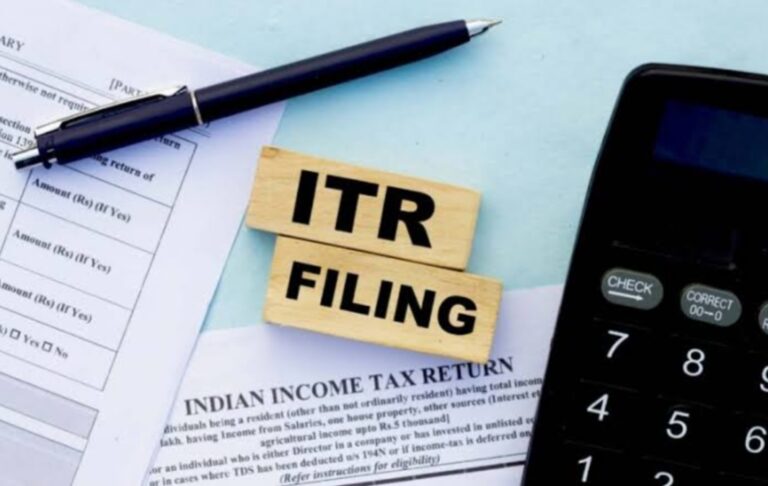The Income Tax Department of India has officially notified ITR Form 1 (Sahaj) and ITR Form 4 (Sugam) for the Assessment Year 2025-26 (FY 2024-25), simplifying return filing for salaried individuals, small businesses, and HUFs.
🔍 Key Highlights of the Notification
-
New LTCG Limit for ITR-1: Taxpayers earning Long-Term Capital Gains (LTCG) up to ₹1.25 lakh during the financial year can now file ITR-1, easing compliance for small investors.
-
Simplified Filing for Businesses: ITR-4 can now be used by individuals, HUFs, and firms (excluding LLPs) with business or professional income up to ₹50 lakh.
📄 Who Can Use the New ITR Forms?
✅ ITR-1 (Sahaj)
Applicable for resident individuals with:
-
Total income up to ₹50 lakh
-
Income from salary
-
Single house property
-
Other sources (interest, dividends)
-
Agricultural income up to ₹5,000
-
LTCG up to ₹1.25 lakh under Section 112A
✅ ITR-4 (Sugam)
Designed for:
-
Individuals, HUFs, and firms (excluding LLPs)
-
Total income up to ₹50 lakh
-
Income from business or profession under presumptive taxation
❌ ITR-2
Required for individuals:
-
Earning LTCG above ₹1.25 lakh
-
Having capital losses to carry forward
-
Holding multiple house properties
-
Not earning income from business/profession
💬 Expert Opinion
Sandeep Sehgal, Partner-Tax at AKM Global, highlighted:
“The revised ITR forms are a welcome move, especially for salaried individuals and small investors. The inclusion of LTCG up to ₹1.25 lakh in ITR-1 will significantly reduce the compliance burden.”
He added,
“These changes reflect the government’s commitment to simplify tax filing, encourage early compliance, and support digital governance.”
🧾 Conclusion
Whether you’re dealing with a cheque bounce under Section 138 of the NI Act or preparing to file your Income Tax Return for AY 2025-26, the recent legal and tax updates aim to make compliance more accessible, faster, and less complex for the average taxpayer.
For timely legal assistance or tax filing guidance, consult a professional CA or legal advisor to ensure error-free compliance.
READ MORE
How to file a Cheque Bounce Case under Section 138 of NI Act ?
NRIs May Avoid Paying Taxes on Mutual Fund Investments Under DTAA: Key Insights
